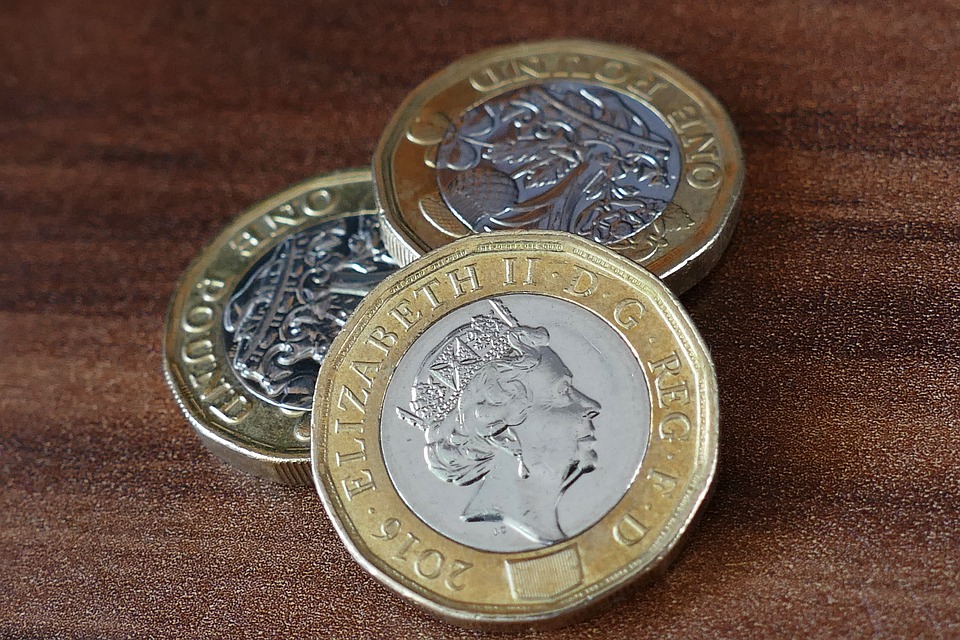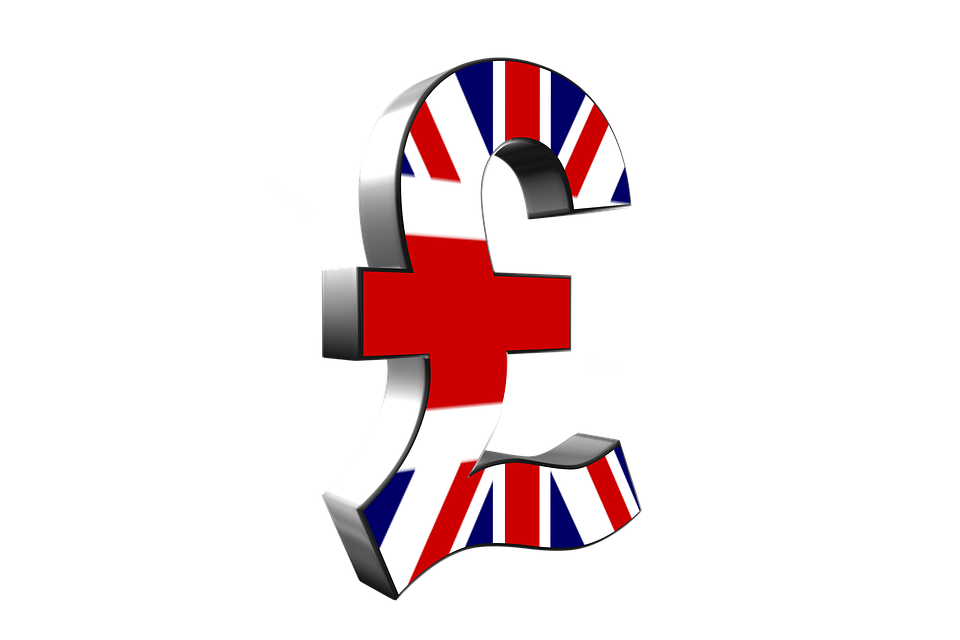The Pound Sterling will likely remain under pressure for as long as the UK’s energy crisis and a global stock market sell-off continues, but any signs of stability in these markets will prove supportive.
The UK currency is proving to be one of the most vulnerable of the world’s major currencies to a surge in gas prices that not only threatens to cut off UK consumers but also severely hamper UK industrial output.
This is because the UK is unique in its heavy reliance on gas for electricity output, while a government cap on energy prices distorts the market and leaves many small utility providers unable to operate.
Four energy companies have had to cease trading in the past four weeks alone while the high gas price means Carbon Dioxide production at one of the country’s largest producers has stopped.
Fears for an already under pressure UK supply chain have risen in response, positin severe headwinds to the UK economy just days ahead of a Bank of England meeting.
The price for UK gas scheduled for delivery in October surged 16% on Monday, after Russia capped additional flows to Europe.
Russian state supplier Gazprom opted not to send more gas to Europe via Ukraine in October, according to the results of an auction on Monday, according to reports.
To find out more about how we can assist you with your Second Charge Mortgage please click here
The Telegraph says there were also signs that Russian flows via the key Yamal-Europe pipeline will remain limited, with traders booking just a fraction of the capacity offered to flow gas next month into Germany via the Mallnow compressor station.
The newspaper says that with just a few weeks to go before the start of the heating season, storage sites are less than 72% filled, the lowest level for this time of year in more than a decade.
The Pound-to-Euro exchange rate fell to two-week lows at 1.1630 while the Pound-to-Dollar exchange rate fell to a one-month low at 1.3640.
For investors the is difficulty in interpreting what the surge in gas prices presents the Pound: one the one hand it implies higher-for-longer inflation, which should affirm market expectations for an early-2022 interest rate hike.
These rate hike expectation has provided support to Sterling over recent weeks.
But on the other hand higher gas prices pose a significant headwind to consumer spending as well as industrial production, all of which argues for an interest rate rise at the Bank of England to be kicked into the distance.
Such a reappraisal by markets would weigh on the Pound.
Indeed, the market is currently betting on the latter, expecting sufficient economic headwinds to push the Bank into a delay.
The gas crisis comes just days before the Bank of England’s September policy meeting scheduled for Thursday, where any warnings over the outlook for UK economic growth could be interpreted as a ‘dovish’ signal for Pound Sterling.
“The pound could be weighed down as we expect the BoE (Thursday) outcome to lean against market pricing,” says Eimear Daly, an analyst at Barclays.
“BoE inaction and no fiscal tailwinds limit GBP upside, but we remain constructive medium term given GBP undervaluation,” adds Daly.
The UK economy is currently facing significant supply challenges, as is much of the global economy, but the supply of energy is now looking to be the most acute.
We reported last week that an energy crisis was looming in the UK given the severe gas supply constraints in Europe, the UK’s main source of imported gas.
Tightening gas supply has meanwhile been exacerbated by a protracted period of settled weather in the UK which has left the country’s wind farms contributing as little as 3.0% to the country’s overall electricity output.
“We retain our caution on GBP given the headwinds to growth from supply constraints, withdrawal of government support schemes and higher taxation. The market is already priced for two rate hikes in 2022 so the risk is that data ends up making ‘tightening too frightening’ as our economists like to say,” says Daragh Maher, Head of Research, Americas, at HSBC.
HSBC say a run of economic activity disappointments from the UK have been reflected by their economic activity surprise index, which has turned sharply lower lately.
“Growth momentum is not simply faltering, it is slowing more acutely than expected,” says Maher.
Further growth disappointments become more likely given the energy market crunch.
The Pound’s domestic woes are meanwhile exacerbated by an ongoing drawdown in global equity markets as cautious investors opt to liquidate exposure to high risk assets, instead opting for safer plays.
The British Pound tends to fall in value against the Dollar, Euro, Franc and Yen during times of substantive stock market declines, a function of investor demand for safe haven assets.
To highlight this dynamics it must be recalled that the lowest values reached in the Pound-Euro exchange rate were not during bouts of peak Brexit uncertainty, but instead during the stock market sell-offs witnessed in 2008 (global financial crisis) and 2020 (Covid crisis selloff).
Global stock markets and commodities fell at the start of the week while ‘safe haven’ currencies found demand after China’s Evergrande Group was seen heading for default, with little indication Chinese authorities would provide a lifeline.
The mega developer has two interest payments due to bondholders on Thursday, one for $83.5MN and one for CNY 232MN.
“China risks abound with eyes on the Evergrande contagion. Markets also have one eye on inflation and the Fed meeting this week, plus the German election coming on Sunday. Many people – most investors seemingly – have been eyeing a correction in Sep/Oct after such a solid ramp this year and they’re getting one,” says Neil Wilson, Chief Market Analyst at Markets.com.
Investors are fretting that a collapse at Evergrande would have negative effects for other Chinese and global stocks, as well as Chinese economic growth more generally.
The crisis is just the latest setback to Chinese economic growth that has routes in a wider crackdown by authorities on technology stocks and the introduction of Covid-19 restrictions in some key regions and cities.
“Sterling is facing twin headwinds from the rush to safety in the greenback and sliding global stocks that weigh on risk appetite and squeeze the UK currency,” says Joe Manimbo, Senior Market Analyst at Western Union.
How much further Sterling declines therefore could rest with how soon global investors refund their confidence.
“If you have the Fed post max-accommodation – that is, on a path to tightening not loosening, inflation sticking around much more than optimists had thought, earnings growth stalling, and the economy past peak growth, you have the kind of perfect powder keg for a pullback and Evergrande may be the spark to set it off,” says Wilson.
“Add to that a German election and an energy crisis in Europe and it is not the ideal backdrop for risk,” he says.
One market analyst we follow says global markets are likely to remain under pressure over coming days, which spells for further weakness into the Bank of England’s Thursday event, if correct.
“Given the strength of this move to the downside it looks like we have at least a couple days more of selling to go before any kind of counter-wave develops,” says Chris Beauchamp, Chief Market Analyst at IG.
Written by Gary Howes
Source: PSL
Discover our Second Charge Mortgage Broker services.




